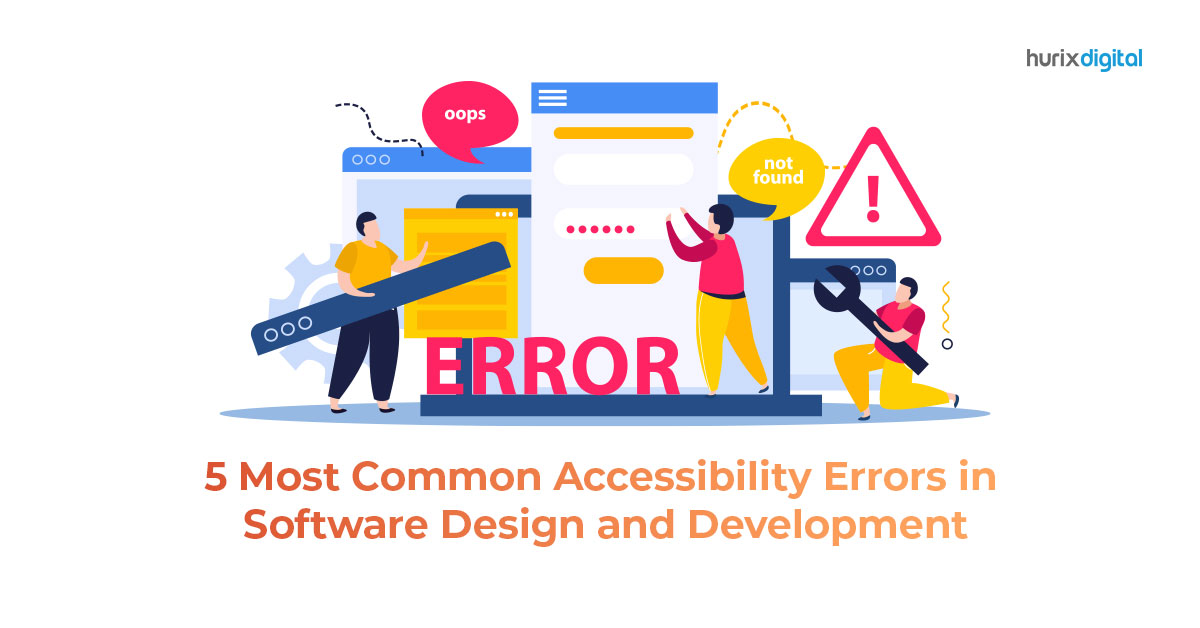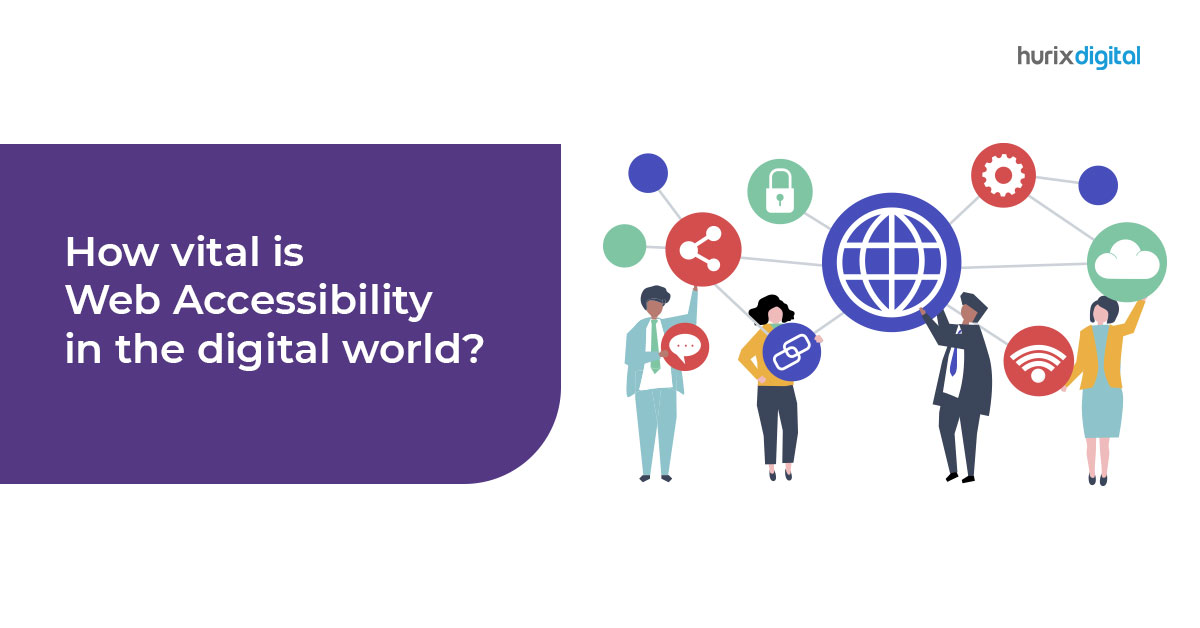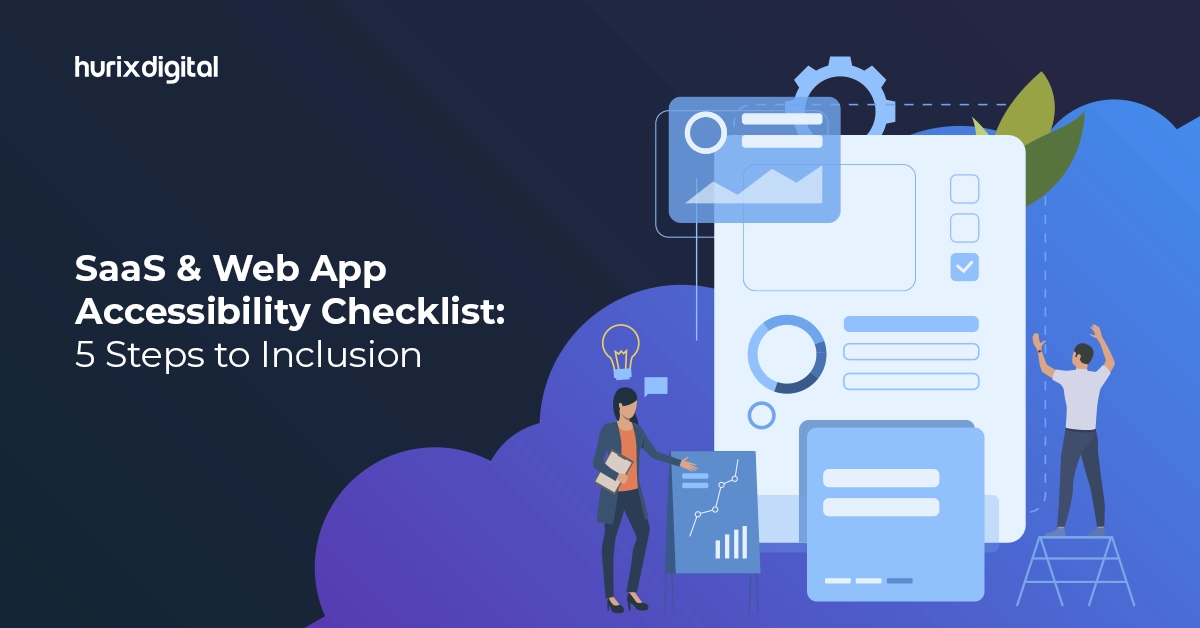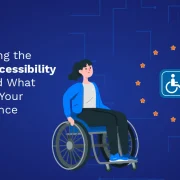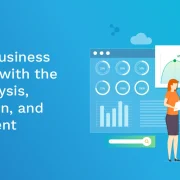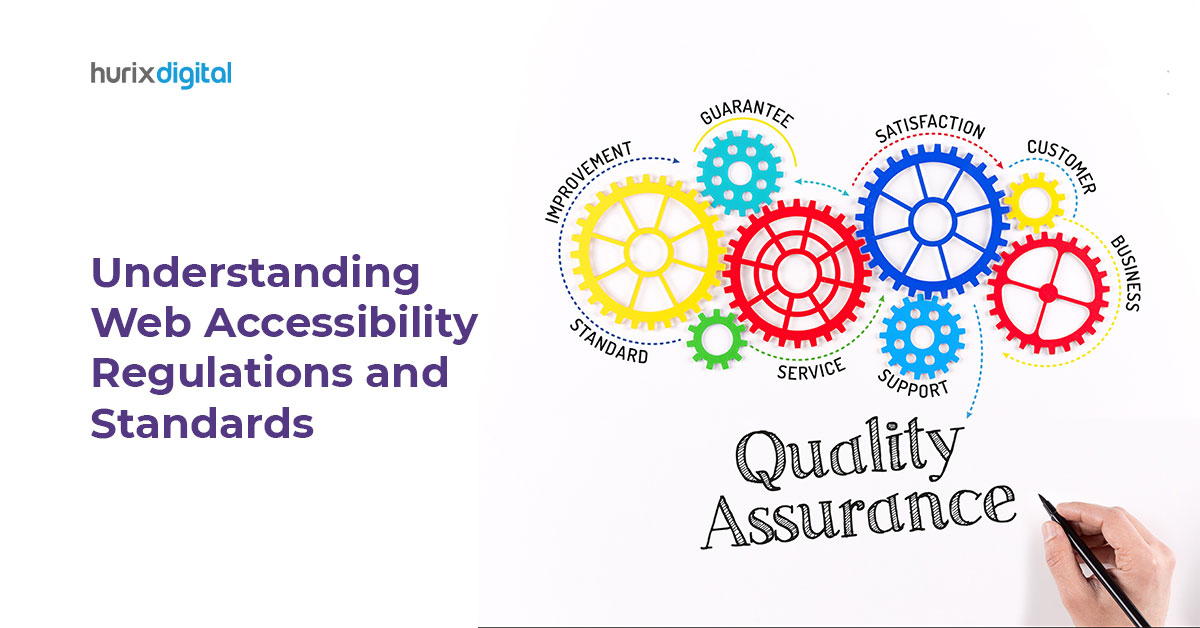
Guide To Web Accessibility Regulations and Standards
Summary
This blog discusses regulations, the impact of accessible websites, and how to choose appropriate solutions, emphasizing the critical need for organizations to prioritize web accessibility.
Web accessibility has been a growing concern for businesses and organizations across the world. With the increasing number of people with disabilities relying on the internet for information and services, websites must be designed and developed with accessibility in mind.
A web accessibility solution can help organizations ensure that their website is accessible to everyone, regardless of their abilities or disabilities.
Table of Content:
- Understanding Web Accessibility Regulations and Standards
- The Importance of Web Accessibility
- The Impact of Web Accessibility on People with Disabilities
- Choosing the Right Web Accessibility Solution
- Conclusion
Understanding Web Accessibility Regulations and Standards
Web accessibility refers to the practice of making web applications and websites usable by individuals with disabilities, including those with auditory, visual, cognitive, and motor impairments.
There are several regulations and web accessibility standards that have been established to promote web accessibility.
- The Americans with Disabilities Act (ADA): This is a federal law in the US that prohibits discrimination based on disability in employment, transportation, public accommodations, and other areas. Although the ADA was not specifically designed to address web accessibility, its provisions have been interpreted to include websites and web applications in some cases.
- Section 508 of the Rehabilitation Act: This is a federal law in the US that mandates that all electronic and information technology developed, procured, maintained, or used by the federal government be easily accessible to everyone with disabilities.
- Web Content Accessibility Guidelines (WCAG): This is a set of guidelines developed by the World Wide Web Consortium (W3C) to help make web content more accessible to people with disabilities. There are three levels of conformance (A, AA, and AAA), and organizations can choose to comply with one or more of these levels.
- European Accessibility Act: This is a European Union (EU) regulation that establishes accessibility requirements for products and services in the EU, including websites and web applications.
In addition to these regulations and standards, several organizations and initiatives are dedicated to promoting web accessibility, such as the Web Accessibility Initiative (WAI) of the W3C, the Accessibility for Ontarians with Disabilities Act (AODA) in Canada, and the Accessibility Guidelines Working Group in Australia.
Also Read: Navigating Accessibility Standards: A Comprehensive Guide to WCAG & Web Content Accessibility
The Importance of Web Accessibility
Web accessibility is important for several reasons.
- Legal Compliance: By making their websites and web applications accessible, organizations can avoid legal liability and comply with regulations such as the Americans with Disabilities Act (ADA) and the European Accessibility Act.
- Improved User Experience: Making a website accessible can improve the user experience for all visitors, not just those with disabilities. For example, accessibility features such as clear and concise text, intuitive navigation, and keyboard-friendly design can benefit everyone who uses the site.
- Increased Accessibility: By making their websites and web applications accessible, organizations can reach a larger audience and provide equal access to information and services for all users, including those with disabilities.
- Better Search Engine Optimization (SEO): Websites that are accessible are often better optimized for search engines and can drive higher search rankings and more traffic.
- Improved Reputation: Organizations that make accessibility a priority can improve their reputation by demonstrating their commitment to diversity and inclusivity.
- Cost Savings: Making a website accessible early in the development process can save time and money in the long run, as it can be more difficult and expensive to retroactively change an inaccessible site.
Web accessibility is not just a legal obligation but a way to provide equal access to information and services, improve the user experience, and increase an organization’s reach and reputation.
Read more about how you can enlist the assistance of web accessibility solutions in a number of ways.
The Impact of Web Accessibility on People with Disabilities
Web accessibility has a significant impact on people with disabilities, as it helps to remove barriers to accessing information and services online. When websites and web applications are accessible, people with disabilities can do the following.
- Access Information: People with disabilities can access the same information and services as everyone else without being excluded or limited by inaccessible design or technology.
- Participate Fully in Society: By removing barriers to accessing information and services online, people with disabilities can participate more fully in society and engage in activities such as online shopping, banking, and communication.
- Improve Employment Opportunities: People with disabilities can have improved employment opportunities when they have access to job postings, training materials, and other resources online.
- Enhance Independent Living: People with disabilities can have greater independence when they can access information and services online without having to rely on assistance from others.
- Improve Mental Health: People with disabilities can experience improved mental health when they are able to access information and services that support their well-being, such as mental health resources, support groups, and educational materials.
Overall, web accessibility has a significant and positive impact on people with disabilities, enabling them to participate more fully in society, improve their quality of life, and experience greater independence.
By making their websites and web applications accessible, organizations can help to create a more inclusive and equitable online environment.
Also Read: How Vital is Web Accessibility in The Digital World?
Choosing the Right Web Accessibility Solution
When choosing a web accessibility solution, there are several factors to consider.
- Functionality: The solution should be able to test for a wide range of accessibility issues, including those related to visual, auditory, motor, and cognitive impairments. It should also provide recommendations for improvement and be able to perform ongoing testing.
- Integration: It should be able to integrate with the organization’s existing development and testing tools and processes and provide an easy-to-use interface for developers and accessibility specialists.
- Cost: The solution should be cost-effective and offer a return on investment in terms of time and resources saved, as well as improved accessibility and user satisfaction.
- Support: It should be backed by a knowledgeable and responsive support team and provide regular updates and enhancements to keep pace with evolving accessibility standards and regulations.
- Ease of Use: The solution should be easy to use for developers, accessibility specialists, and other stakeholders and provide clear and concise information about accessibility issues and recommendations for improvement.
- Reputation: It should have a good reputation in the industry and be used by organizations with a similar size and scope as the organization in question.
- Compliance: The solution should help the organization comply with relevant regulations and standards, such as the Americans with Disabilities Act (ADA) and the European Accessibility Act.
- Customization: It should be customizable to meet the unique needs of the organization, including the ability to add custom accessibility checks, automate accessibility testing as part of the development process, and integrate with other tools and processes.
By considering these factors and carefully evaluating the available options, organizations can choose a web accessibility solution that best meets their needs and helps them achieve their accessibility goals.
Conclusion
Web accessibility is a crucial aspect of website design and development, and a web accessibility solution can help organizations ensure that their website is accessible to everyone, regardless of their abilities or disabilities.
With the right web accessibility solution, organizations can stay compliant with regulations and standards, improve the user experience, and reach a wider audience.
Ready to take the first step towards making your website accessible to everyone? Interested in learning more about similar concepts for your business?
Contact us today to learn more about our web accessibility solution. Hurix Digital can help you achieve compliance and improve your website’s user experience.



